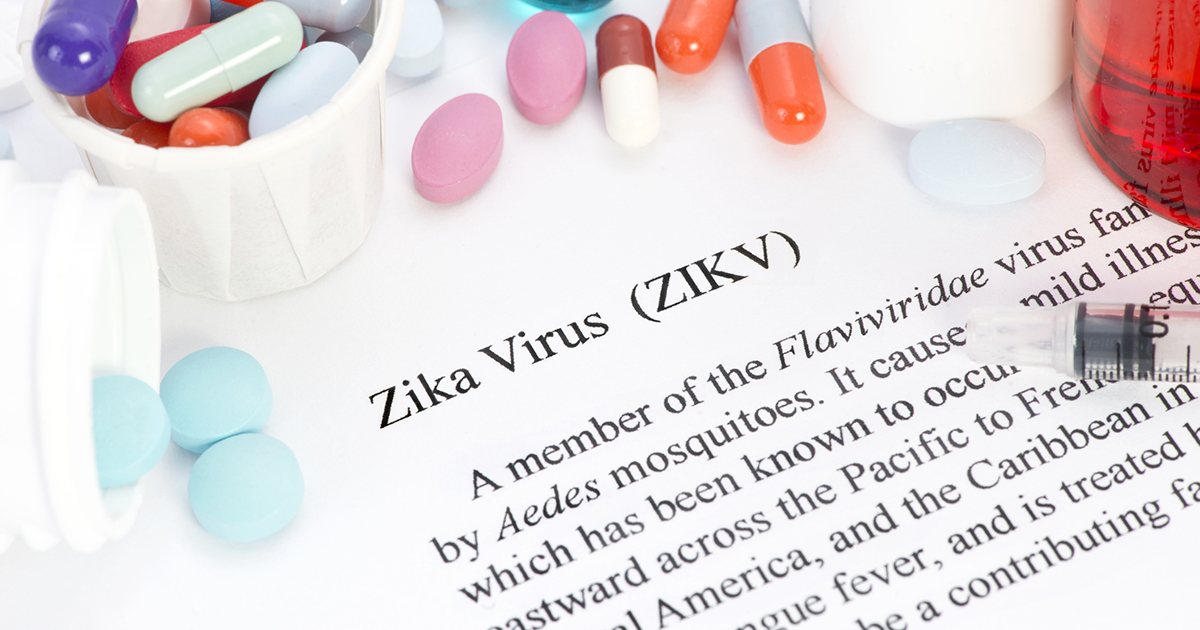The Most Common Mosquito-Borne Diseases
Mosquitoes are among the most dangerous animals of the world, for the diseases they transmit kill millions every year. In 2015, 438,000 individuals died from malaria alone. The species Aedes aegypti can carry chikungunya, dengue, yellow fever, and Zika—and over half of the individuals in the world live in the same areas as that mosquito. Mosquito-borne diseases can be prevented, as some have vaccines.
Many mosquito species lay their eggs in standing water, so another way to prevent illness is to reduce the number of places where they can lay their eggs. This can mean filling in ruts or removing buckets or tires that collect water. Windows and doors should have screens on them to keep mosquitoes out. Individuals who have to work outside should wear clothes to cover their skin as well as hats with mosquito netting to protect the face and neck. Similarly, they should use insect repellents.
Malaria

Malaria is transmitted by mosquitoes that belong to the Anopheles genus. According to the World Health Organization, there were 216 million cases in over ninety countries. The vast majority occur in Sub-Saharan Africa with eighty-eight percent of total cases reported and ninety percent of the deaths. The disease is actually caused by parasites in the Plasmodium genus. Five species can infect humans, with P. vivax and P. falciparum causing the most cases.
An infected person will typically start to develop symptoms ten to fifteen days after being bitten. The early signs, which include a headache, fever, and chills, can be mild and thus not immediately recognized as anything serious. As the disease progresses, though, it can affect tissues and organs like the blood, respiratory system, and brain. Disease caused by P. falciparum is the most severe and can kill within twenty-four hours.
Zika Virus

The Zika virus is transmitted by the species Aedes albopictus and Aedes aegypti, which are found in over 130 countries. It was first discovered in 1947 in monkeys in Uganda, and five years later, the first cases in humans were reported. Outbreaks of Zika have been reported in Asia, Africa, the Americas, and the Pacific. Individuals who contract Zika virus either experience no symptoms or mild ones and they generally develop them three to fourteen days after being bitten.
Symptoms include fever, conjunctivitis (pink eye), headache, joint and muscle pain, rash, and malaise. The virus can also trigger neuropathy, myelitis, and Guillain-Barré syndrome, especially in adults and older children. The virus, however, is best known as a teratogen, for it can cause congenital disabilities like microcephaly, which is characterized by an abnormally small head and brain. It can also cause complications of pregnancy like premature birth, miscarriage, and stillbirth.
